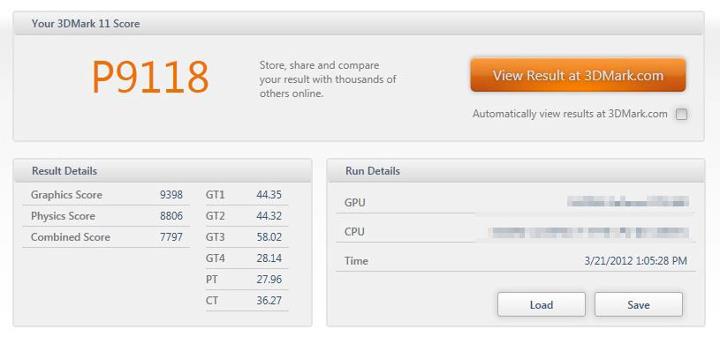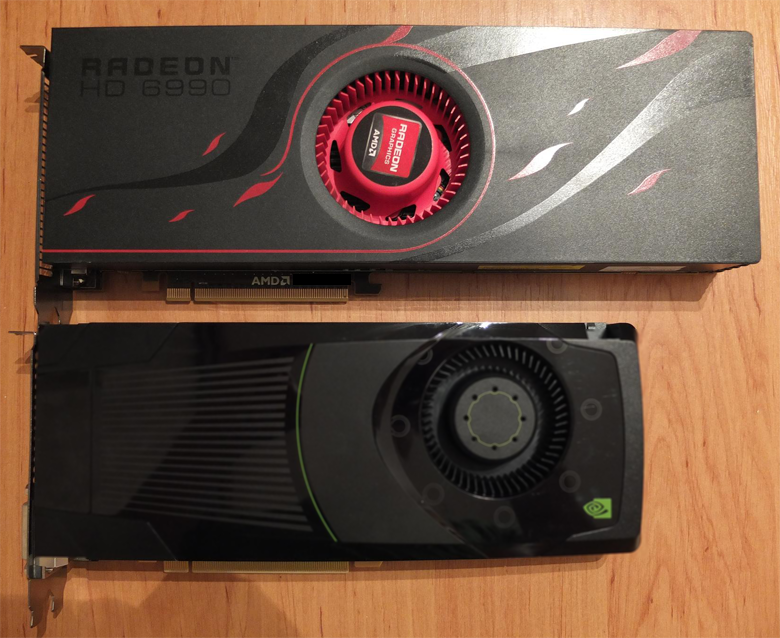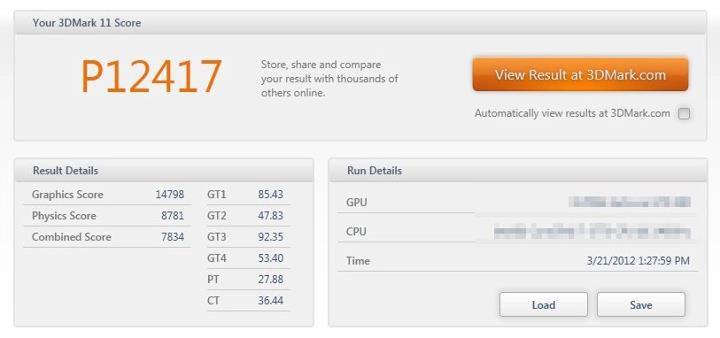I wouldn't want to convert my GTX 680 (if i owned one) to an iPad 2.
Install the app
How to install the app on iOS
Follow along with the video below to see how to install our site as a web app on your home screen.
Note: This feature may not be available in some browsers.
You are using an out of date browser. It may not display this or other websites correctly.
You should upgrade or use an alternative browser.
You should upgrade or use an alternative browser.

What do you think of this?
680 seems to have more CUDA cores as Mediawhateverespresso uses CUDA, right?
It's definitely fast.
Sandra gpgpu bench against tahiti AND pitcain:

http://www.theinquirer.net/inquirer...hed-amds-mid-range-radeon-hd-7870-gpu-compute
Wonder if the clock is really 700 or 1000 here..
8SP 8C 705MHz ???
Apparently, this test is compute throughput limited. The scaling to the GF110 follows the FLOPs doubling.
What do you think of this?
Yes, MediaEspresso 6.5 uses CUDA for Nvidia and APP for AMD cards.680 seems to have more CUDA cores as Mediawhateverespresso uses CUDA, right?
It's definitely fast.
Might that be due to an encode engine...?
Might that be due to an encode engine...?
Does the one in Tahiti work with Media Espresso 6.5 yet?
Neither do I.I'm not buying the "new architecture" bit just yet. So far it looks like an optimized GF114 Fermi on clock roids.
Nvidia has always followed method similar to intels tick tock. (nv20 new architecture, nv25 speed upgrade.)
Fermi was new architecture, so Kepler is the upgrade part and Maxwell will be something else.
Jawed
Legend
I bet the scheduling nonsense of old has been deleted.I'm not buying the "new architecture" bit just yet. So far it looks like an optimized GF114 Fermi on clock roids.
This is a non-argument. Same applies to AMD's stuff.@Jawed, maybe 28nm wide+slow simply has better overall perf/watt/mm characteristics than narrow+fast on previous nodes.
It's worth noting that the entire chip is now running at much higher clocks. If rumors pan out the regfile, scheduler, tmus, rops, geometry etc will be running at speeds approaching G80's hot-clock.
Neither do I.
Nvidia has always followed method similar to intels tick tock. (nv20 new architecture, nv25 speed upgrade.)
Fermi was new architecture, so Kepler is the upgrade part and Maxwell will be something else.
Yep, just like NV40 to G70 and G80 to GT200.
So all we had to do to calculate the performance of the GTX 680 was take the numbers from a GTX 580 and multiply by three? Well, don't we look foolish now. We could have saved ourselves over 3200 posts of discussion if we had only known.
Err... multiply by 3? Having 3x ALUs doesn't increase performance by 3x, especially when the Fermi ALUs are hotclocked and these aren't, not to mention other possible differences
Err... multiply by 3? Having 3x ALUs doesn't increase performance by 3x, especially when the Fermi ALUs are hotclocked and these aren't, not to mention other possible differences
Of course it does, ask RenderStream experts.

norwegian etailer posts their kepler's 3dmark11 score.. P9398 graphics score
https://www.facebook.com/photo.php?...56145582074.250887.69170057074&type=1&theater
Last edited by a moderator:
That is a 6990 and the other a 680 (I suppose)
What we should get there? That a single-vga is shorter than a dual?
boxleitnerb
Regular
Thats about 7970@1100 territory. Very nice.
Similar threads
- Replies
- 10
- Views
- 698
- Replies
- 12
- Views
- 2K
- Replies
- 183
- Views
- 19K
- Replies
- 57
- Views
- 8K



